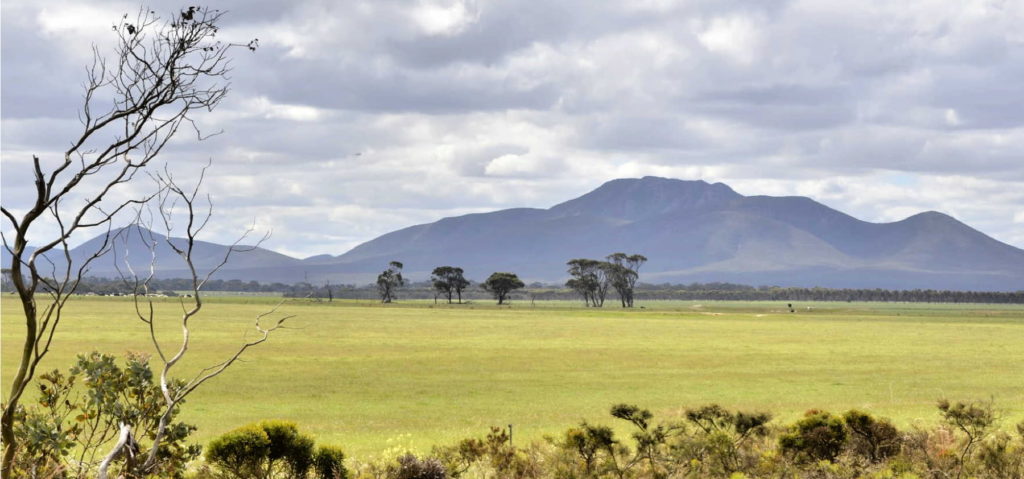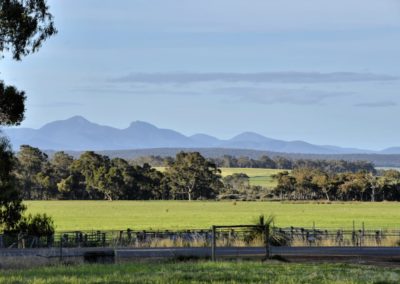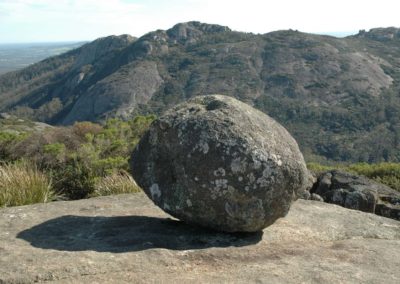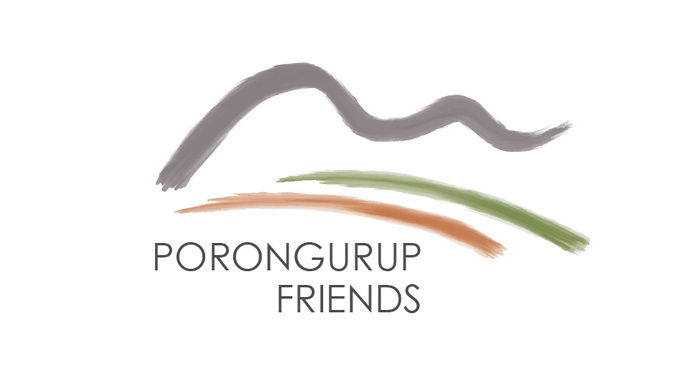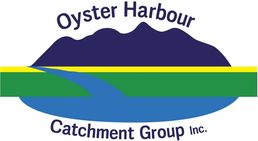Overview
Turning right off Chester Pass Rd and heading west on, onto Porongurup Rd takes you to the base of Borong-gur, the Porongurup Range, which is mostly protected in the Porongurup National Park
Looking south from Porongurup Rd the rounded granite domes of the Porongurup Range become visible. This is a very ancient landform and looms over this short drive as an imposing dark grey range.
To the north is the broad valley of the Kalgan River – backdropped by Koi Kyenunu-ruff, the Stirling Range. Enjoy the views – but drive carefully and watch the many bends.
Story of the place
Noongar Boodja
This is very special country for the Noongar people. Vernice Gillies, Menang Elder explains:
“Porongurup is our most culturally sacred site in this particular region and it is of significance to the whole Noongar nation.”
Borongur was where Noongar people of the region went to find their totem. Larry Blight, Menang Noongar man, tells us that:
“Traditionally, every young person, male and female, would go to Borongur to find their second totem – everyone automatically has a totem passed on from their mother’s side… It would be during the day only and into the high country. As a young person just reaching maturity, they would go and find a spot and just wait and something significant would happen to them. The first animal, tree or feature they saw would be their next totem. That was the only time people could go up there. Sometimes it would take weeks for a totem to make itself known to the young person.”
Read more about the significance of Borongur (Porongurup) to the Noongar people in this article from the Southerly Magazine.
A long geologic history
Understandably, for an event that happened an amazing length of time ago, we are still discovering some of the precise details on how the Porongurup formed. The granite rocks that make up the range have been dated as being around 1.2 billion years old, and are believed to be a melted portion of the Australian continental plate that cooled under intense pressure deep in the earth’s crust.
At around the same time, give or take a few million years, two massive rock plates were in collision mode – the Mawson Plate (which became part of Antarctica) bumped into the Yilgarn Craton, the incredibly old granite formation which still forms much of southern Western Australia.
In the process of collision, the rocks that had formed between the two plates were pressured, contorted and lifted into an early version of today’s low range – though it is likely the granites you can see were once covered by sediments that have since eroded away. Borong-gur, the Porongurup Range, is known as a batholith.
These rocks are formed under heat and pressure invariably associated with collision zones between continents, and Borong-gur is part of a series that extend along the line of collision – from east of Manjimup, along the current coastline to Esperance, and then north-east towards the border between Western and South Australia.
This range has now weathered away to leave only the current range which is made up of the hardest rocks, the remaining steep granites.
The relentless process of erosion continues however, and weathered granite creates a skirt of slighter richer soils around their base, generating different habitats for plants to grow in compared to the surrounding country. This band of soil, and the higher rainfall around the Range, is what attracted early European settlers.
See & Do
Scenic drive west
Take your time along here, the road winds through majestic karris and wonderful vineyards, with some stunning plant displays.
Enjoy the views for this short stretch. There are some excellent places to stop just up ahead.
Giving back and getting involved
Two community-based organisations play an important role in ecological restoration in this area. Contact them directly to get involved in citizen science investigations or ecological restoration events.
Nearby
There are many other sites to visit nearby including:

Castle Rock and Walitj Meil trail
The Castle Rock Granite Skywalk and ground level Walitj Meil walk trail are in the Porongurup National Park.

The Stars Descend | Borongur | Friday 23 March 2023
Chapter 3 (Borongur) of The Stars Descend at Twin Creeks Conservation Reserve, Porongurup Range

Twin Creeks Conservation Reserve
Nestled between the Porongurups and Stirling Ranges, Twin Creeks is a community owned conservation reserve - purchased and managed by the Friends of the Porongurup Range.
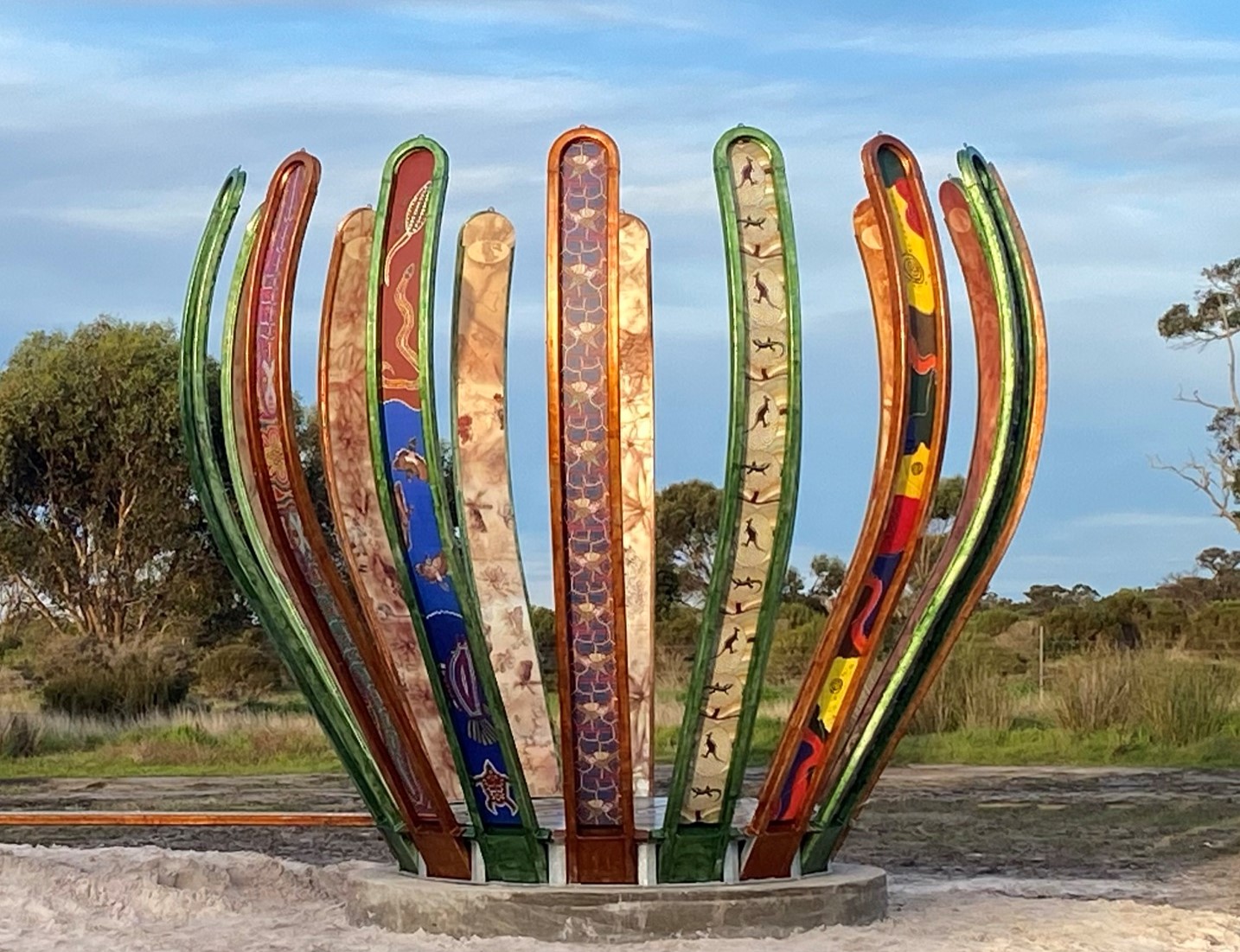
Gondwana Link Sculpture
The Gondwana Link Sculpture is on Knights Rd, on the Twin Creek Conservation Reserve. It is part of a broader Genestreams Songlines Sculptures Project.
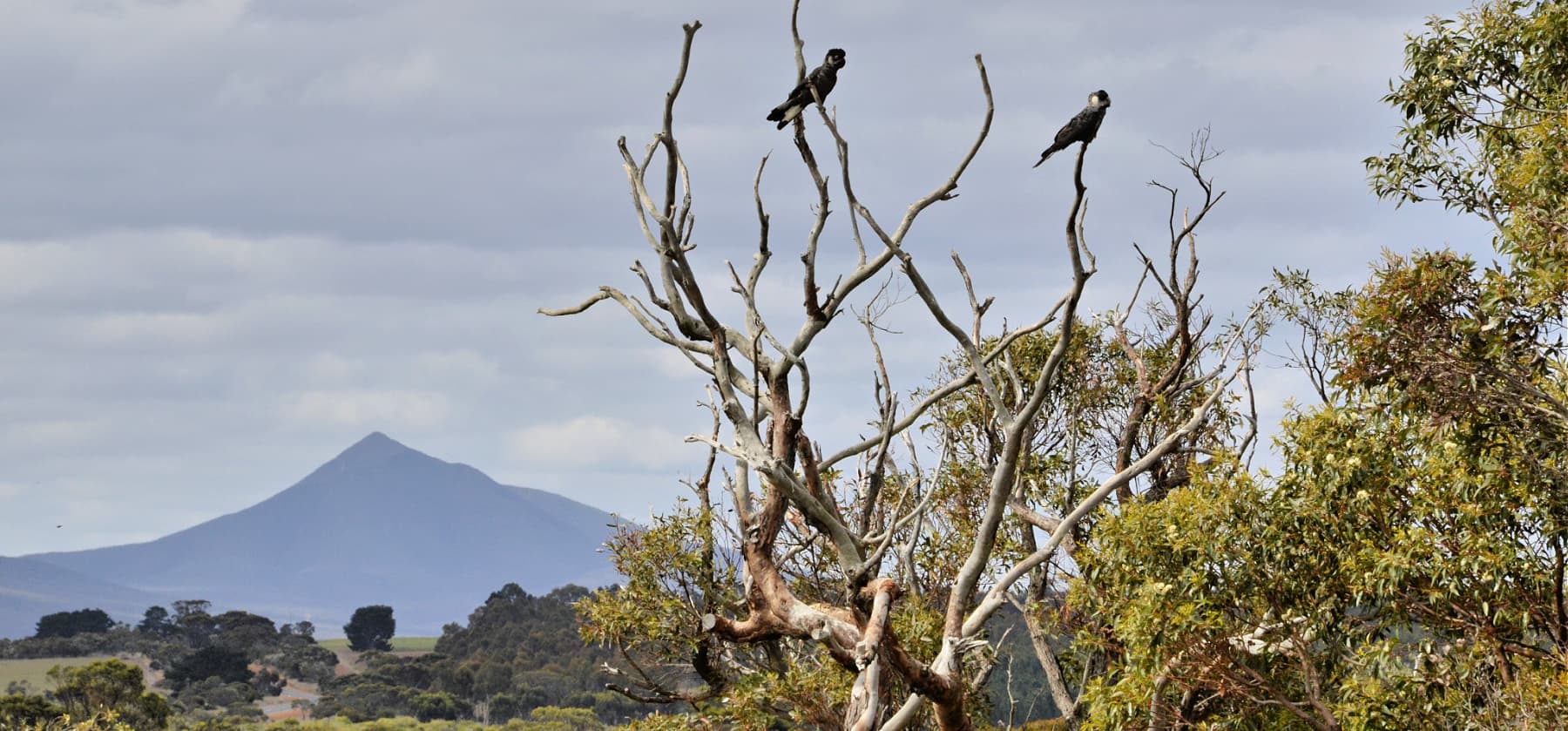
Chester Pass Rd viewpoint
This is just a small gravel roadside stop with views of Koi-Kyenuruff (Stirling Ranges) and across farmland.

Woogenellup Rd - North
This scenic drive option takes you off the bitumen onto a good quality gravel road that takes you up close to the southern side of the Stirling Ranges.
Practical Information
When to go
As with most places in south-western Australia, it is worth visiting during the wildflower season during Djilba and Kambarang (August to November) to see the most plants in flower.
Where to eat and stay
See the suggestions from our friends at Great Southern Treasures:

